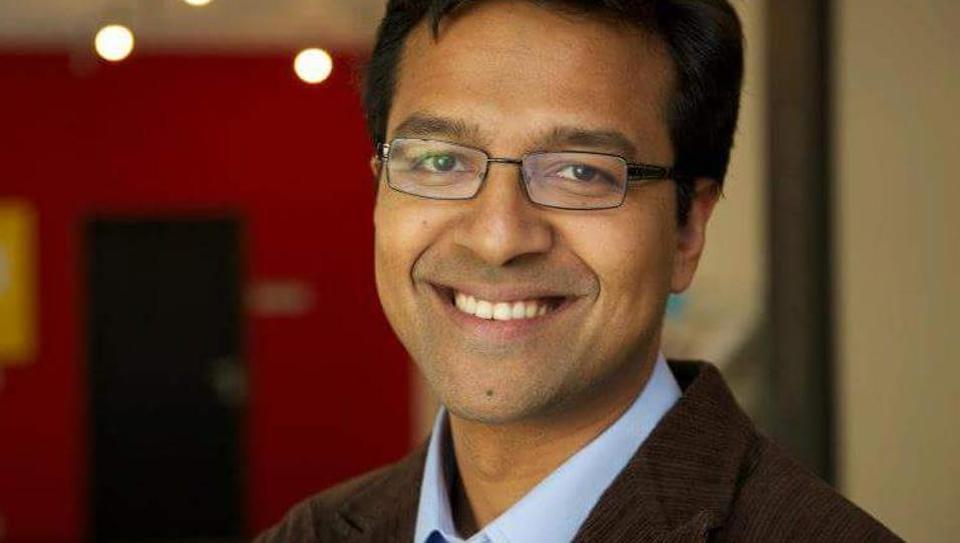Page 9826
Jul 30, 2018
Hubble Snapped Exquisite Photos of Mars and Saturn as They Passed Earth
Posted by Shailesh Prasad in category: space
Well lit and close to Earth this summer, Mars and Saturn got the crisp glamor shots that they so richly deserve, courtesy of the Hubble Space Telescope.
On June 27, Saturn’s orbit brought it into opposition with the Earth, meaning that the two planets were fully aligned with the sun, and as a consequence Saturn could reflect a maximum amount of sunlight back towards Earth. Hubble — NASA’s cheeky interstellar paparazzo and a non-sentient satellite containing imaging hardware — observed the planet on June 6, 2018, while it was about 870 million miles from Earth.
Due to Saturn’s tilt toward the Earth at this moment in its orbit, Hubble was able to very clearly image all of the bands and gaps that comprise Saturn’s rings: Moving inward from the outermost ring, these are known as the A ring, the Encke Gap, the Cassini Division, the B ring, and the C ring with the Maxwell Gap.
Continue reading “Hubble Snapped Exquisite Photos of Mars and Saturn as They Passed Earth” »
Jul 30, 2018
These 9 Incredible Images Are a Mind-Boggling Remind of How Far Technology Has Come
Posted by Shailesh Prasad in categories: computing, internet, mobile phones, quantum physics
Sometimes, while waiting for quantum computers to become a thing, or complaining that your stupid laptop keeps dying on 5 percent battery, it’s easy to forget just how far technology has come over the past 50 years.
Sure, we can all list off a whole bunch of innovations that have changed the way the world works — the Internet, smartphones, radio telescopes — but it’s hard to really put that kind of change into perspective.
Thankfully, pictures often speak louder than words, and so below are nine photos that’ll make you stop and raise your *praise hand* emojis to the sky in honour of the scientists and engineers that have got us where we are today.
Jul 30, 2018
A Case for Neural Augmentation
Posted by Shailesh Prasad in categories: biotech/medical, computing, engineering, neuroscience

Hopefully in the future, when somebody tells you they will be making an appointment with a surgeon for an augment, they will come back smarter. The world will be a better place for it.
Reprinted with permission from the author.
Jul 30, 2018
Astronomers Have Made The First Detection of a Radioactive Molecule in Space
Posted by Shailesh Prasad in category: space
After a long search, a cosmic mystery has an answer. Astronomers have made the very first unambiguous detection of a radioactive molecule in space — an isotope of aluminium, found in the heart of a rare nova.
Scientists have long been searching for 26 AlF — or Aluminium monofluoride — containing 26 Al, but a direct observation has been exceptionally illusive.
We’ve known about the presence of 26 Al in space for decades. In 1984, NASA’s HEAO 3 satellite data was used to identify gamma-ray radiation originating from the beta decay of the isotope. According to these observations, there’s roughly two solar masses of 26 Al in the Milky Way.
Continue reading “Astronomers Have Made The First Detection of a Radioactive Molecule in Space” »
Jul 30, 2018
This transport device drives over traffic
Posted by Shailesh Prasad in category: transportation
Jul 30, 2018
A single blood test can detect 8 types of cancer
Posted by Shailesh Prasad in category: biotech/medical
Jul 30, 2018
Indian priest discovers proof of long-lost galaxy. He’s also an astronomer
Posted by Michael Lance in category: space
This discovery and its method will now pave the way for the discovery of other galaxies that have been cannibalized by other larger galaxies.
The researcher discovers conclusive proof of a galaxy that was cannibalized by neighbouring Andromeda.
Researchers at the National Institute of Standards and Technology (NIST) have made a silicon chip that distributes optical signals precisely across a miniature brain-like grid, showcasing a potential new design for neural networks.
Jul 30, 2018
New geometric shape used by nature to pack cells efficiently
Posted by Shailesh Prasad in category: energy
These cells pack together tightly. To accommodate the curving that occurs during embryonic development, it has been assumed that epithelial cells adopt either columnar or bottle-like shapes.
However, a group of scientists dug deeper into this phenomenon and discovered a new geometric shape in the process.
They uncovered that, during tissue bending, epithelial cells adopt a previously undescribed shape that enables the cells to minimize energy use and maximize packing stability. The team’s results will be published in Nature Communications in a paper called “Scutoids are a geometrical solution to three-dimensional packing of epithelia.”
Continue reading “New geometric shape used by nature to pack cells efficiently” »

















